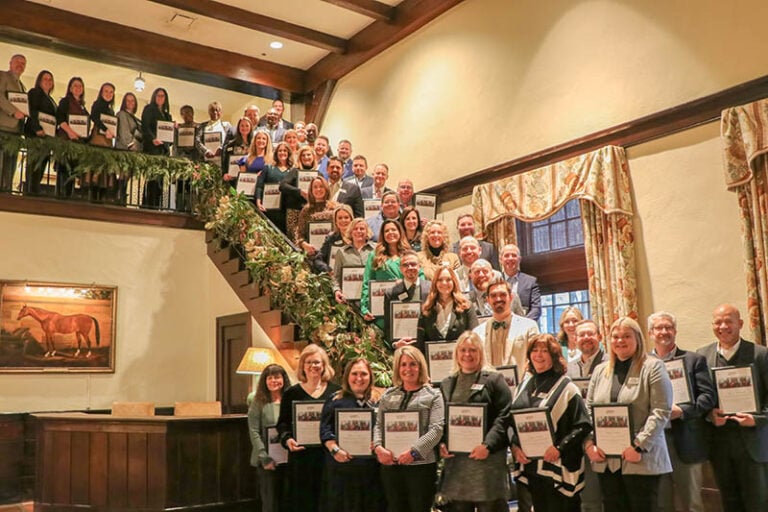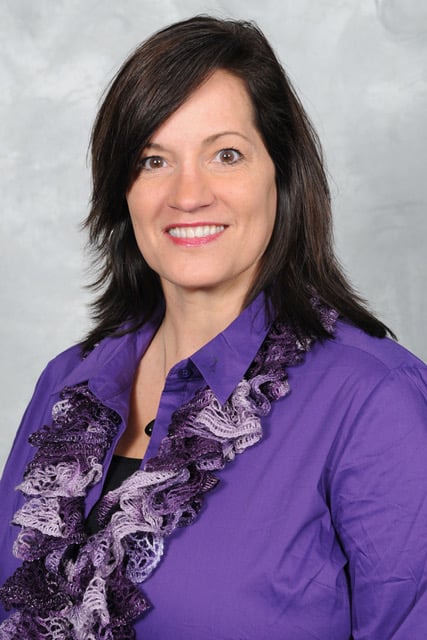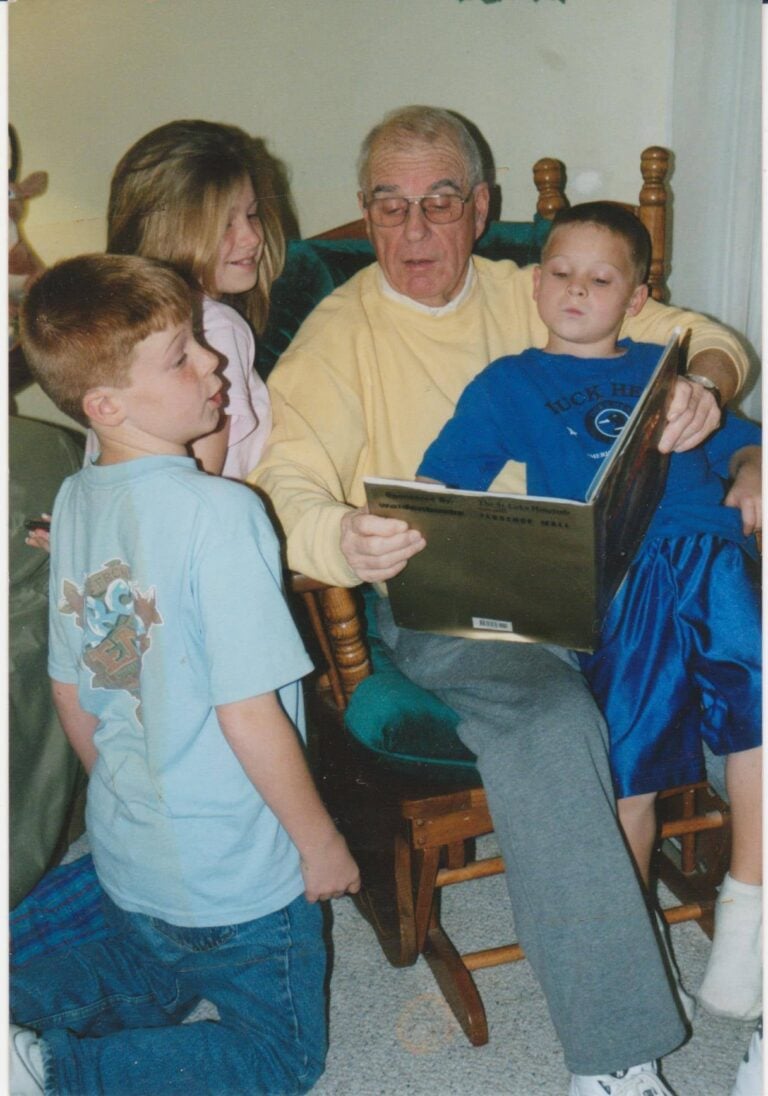By Vicki Prichard
NKyTribune Reporter
The images are poignant, capturing the nuances of life that only a subtle smile, a glean in the eyes, or a thoughtful gaze can reveal. They are the ‘senior portraits’ of the current residents of the Covington Ladies Home, which, for 130 years, has been home to scores of women during their twilight years. The portraits represent vibrant and varied lives.
Among them are women such as Miriam, a world traveler, trained in classical piano, who worked as a Western Southern supervisor for more than 30 years. And Le, who left South Vietnam 75 years ago, landing in Covington by way of the Philippines, Guam and New York City. She mothered ten successful children and has 20 grandchildren. And there’s Harriet, born in Chois, Greece, who took here first steps on a ship headed to New York with her parents. Pat, has loved animals all her life, while Connie remains the avid gardner. Mary lived in California where she met celebrities, Eleanor has an enviable Betty Boop collection and Darlene worked in the fast-paced world of media buying and magazine advertising.
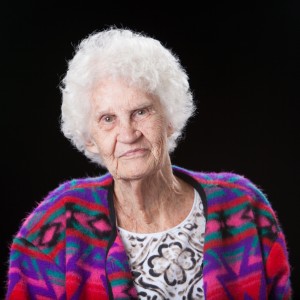
The Covington Ladies Home: 130 Years and Counting is a media presentation by the Kenton County Library’s Local History & Genealogy Department. It premiered recently at the Covington Ladies Home at 702 Garrard Street with the unveiling Senior Portraits, an exhibit of the Ladies Home residents portraits, by photographer Bruce Crippen.
The program will repeat at the Covington Library on Scott Boulevard as part of the Kenton County Library History Series, on May 23 at 6:30 p.m.
The project was the brainchild of Donna Vitucci, development director for the CLH.
“For the 130th anniversary, I was thinking maybe we can do an annual, like they had in high school, but thought we wouldn’t be able to afford it, and it would just be something that would sit on a shelf,” says Vitucci. “Then I thought, what about senior portraits? So, we got partners together to underwrite the cost. It’s wonderful and the ladies will get their portraits at the end of the year, after the 130th year is over.”
Located in Covington’s Licking River Historic District, the CLH was constructed for the purpose of providing a home to women.
The CLH was built on what was once the tennis lawn of Amos Shinkle, a Covington entrepreneur and major stockholder in the Roebling Suspension Bridge, credited with bringing John G. Roebling to Covington to design the bridge. It began housing women after the flood of 1884.
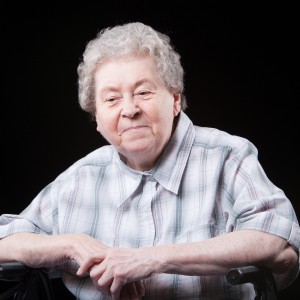
“Ellen Dietrich, in the wake of the flood, noticed that there were a lot more homeless women,” says Vitucci. “They had no employment, so she began taking these women into her home and caring for them. Then she gathered like-minded church ladies from the different churches who wanted to do good work, and had a little bit of money, and they formed the Covington Ladies Home in 1886.”
Together, they formed The Women’s Educational & Industrial Union, which evolved into the Home for Aged and Indigent Women.
John Hearne, a Covington businessman whose portrait hangs in the stately entry of the CLH, was one of the home’s first trustees.
“We now have a board of directors but we used to have a board of trustees, a board of lady managers, because it was founded by women for women.” says Vitucci. “But women could not handle money in those days, they couldn’t have bank accounts, so we had to have men who were trustees.”
Upon his death, Hearne left $10,000 to the CLH which began their endowment. Today the home has a $5M endowment, whose earnings they draw upon judiciously only when warranted.
“Our mission is that we turn no lady away because of her financial circumstances,” says Vitucci, adding that grants and private donations also aid with those efforts.
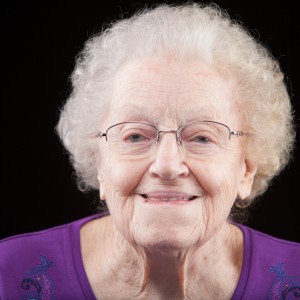
Generally, she says, one third of the residents are private pay, another third is on a sliding rent scale, and the remaining third pay with money received by way of Social Security, which is capped at $1193. Rent at the home is $2400, so they make up the difference in those instances. Vitucci points out that at $2400 the price is much more affordable than many nursing or assisted living options which can cost as much as $6,000 a month.
The CLH can accommodate up to 32 women, providing three meals a day, snacks, laundry and housekeeping. Activities are scheduled and outings are made possible by way of a 15-passenger bus with a lift which was acquired with donations and grant funds.
“These ladies live as independent lives as possible,” says Vitucci. “They can decide if they want to come for dinner or lunch, or if they want to do activities or not. This is much better than if they were in an apartment by themselves, because they need to have community — that give and take. They’re in a community of women their same age and interests.”
Residents must be at least 65-years-old, says Vitucci. The majority of residents are in their 70s or 80s.
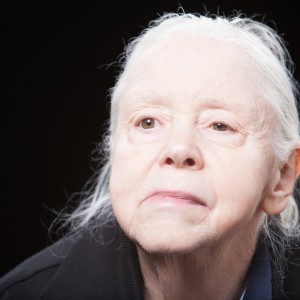
And while residents are not solely a displaced population — many make their way to the home by recommendations by families, word of mouth, and St. Elizabeth Medical Center — the displaced can still find their way to CLH.
Some years ago one of the home’s employees noticed an elderly lady walking regularly throughout Florence Mall. It turned out she had no place to go, so the employee brought her to the home.
Most residents remain at the home for three to four years, but some have called it home for more than ten years, says Vitucci.
Last August, the CLH board of directors voted to proceed with a new vision to construct a new facility to connect with the historic building which would provide each resident with her own private bathroom. They hope to break ground during the 130th anniversary year and are currently raising funds for the project.











